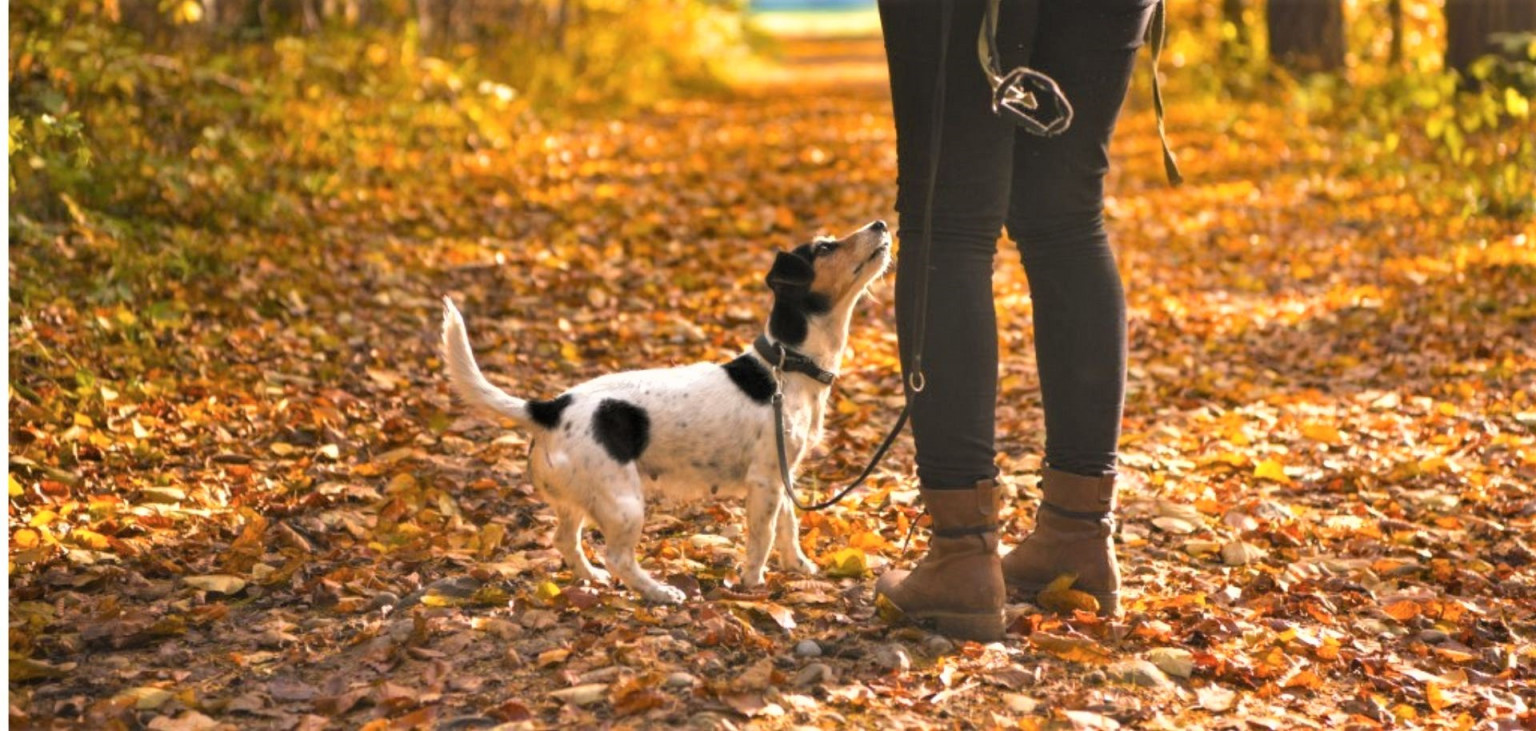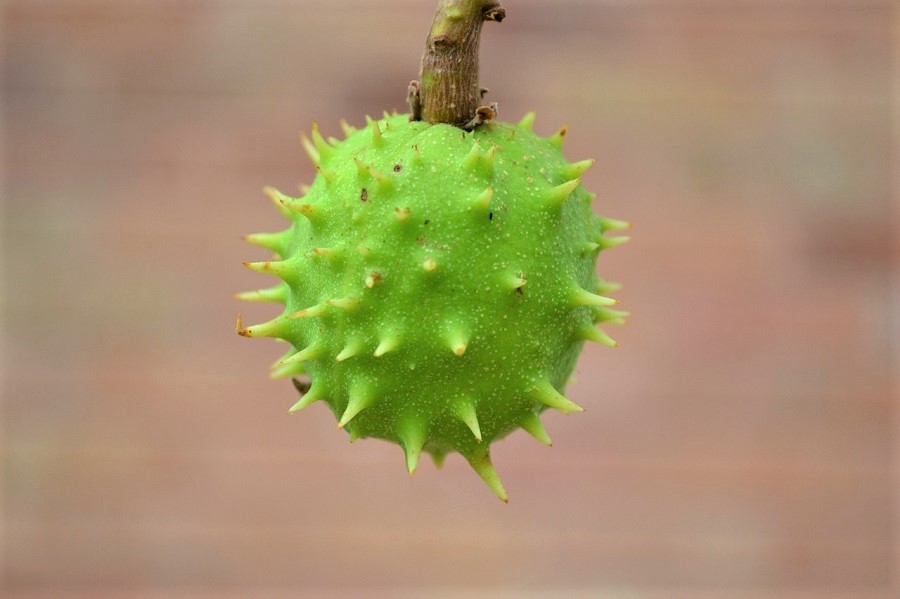Do you need help?

Conker poisoning in dogs
Conkers are the seeds of the horse chestnut tree, also known as the Aesculus hippocastanum, widely found in the UK.
They appear in late summer and autumn when they ripen and fall to the ground. In some areas, they’re popular with school children who put them on strings to enjoy playground conker fights. Your dog might also find the fallen conkers interesting, but it’s important you know the dangers they pose.
Are conkers poisonous to dogs?
Conkers and dogs don’t mix. They contain a poison called aesculin, which is found in all parts of the horse chestnut tree, including the leaves. Dogs normally need to ingest several to suffer severe poisoning. Our emergency vets regularly see cases of conker poisoning in dogs in autumn. While serious cases are rare, they do occur.
Watch our video about the dangers of conkers for dogs
Signs and symptoms of conker poisoning in dogs
Clinical signs are usually seen between one and six hours after ingestion, although they can be delayed for up to two days. Symptoms of conker poisoning include:
- Vomiting, which may contain blood,
- Diarrhoea
- Drooling
- Abdominal pain
- Increased thirst
- Reduced appetite
Signs of restlessness, wobbliness and muscle tremors may also be seen.

Treatment for horse chestnut poisoning in dogs
Dog owners are advised to contact their vet immediately or, out of hours, their nearest Vets Now pet emergency clinic or hospital if they suspect conker poisoning. The vet will likely give the dog medication to make them vomit, and they may also perform gastric lavage (wash out the stomach). This is designed to remove as much of the poison from the dog’s system as possible. They may also use intravenous fluids (a drip).
No known antidote exists for conker poisoning in dogs. As a result, treatment is supportive and symptomatic – it eases the symptoms without addressing the cause of the disease. Beware that conkers and their cases can also cause intestinal blockages, particularly in smaller dogs, which may require surgical removal.
How to stop dogs eating conkers
It’s worth keeping a close eye on your dog when you’re out and about in the autumn.There are an estimated 470,000 horse chestnut trees in the UK, most of which are found in parks, gardens, streets and village greens.
Try to encourage your dog to play with toys rather than conkers, and never throw them for your dog to fetch. If you know your dog is prone to picking up and carrying conkers, then you should lead-only walk them where horse chestnut trees are growing.

